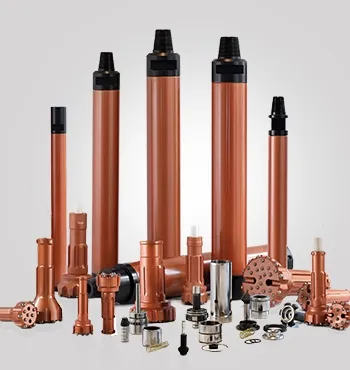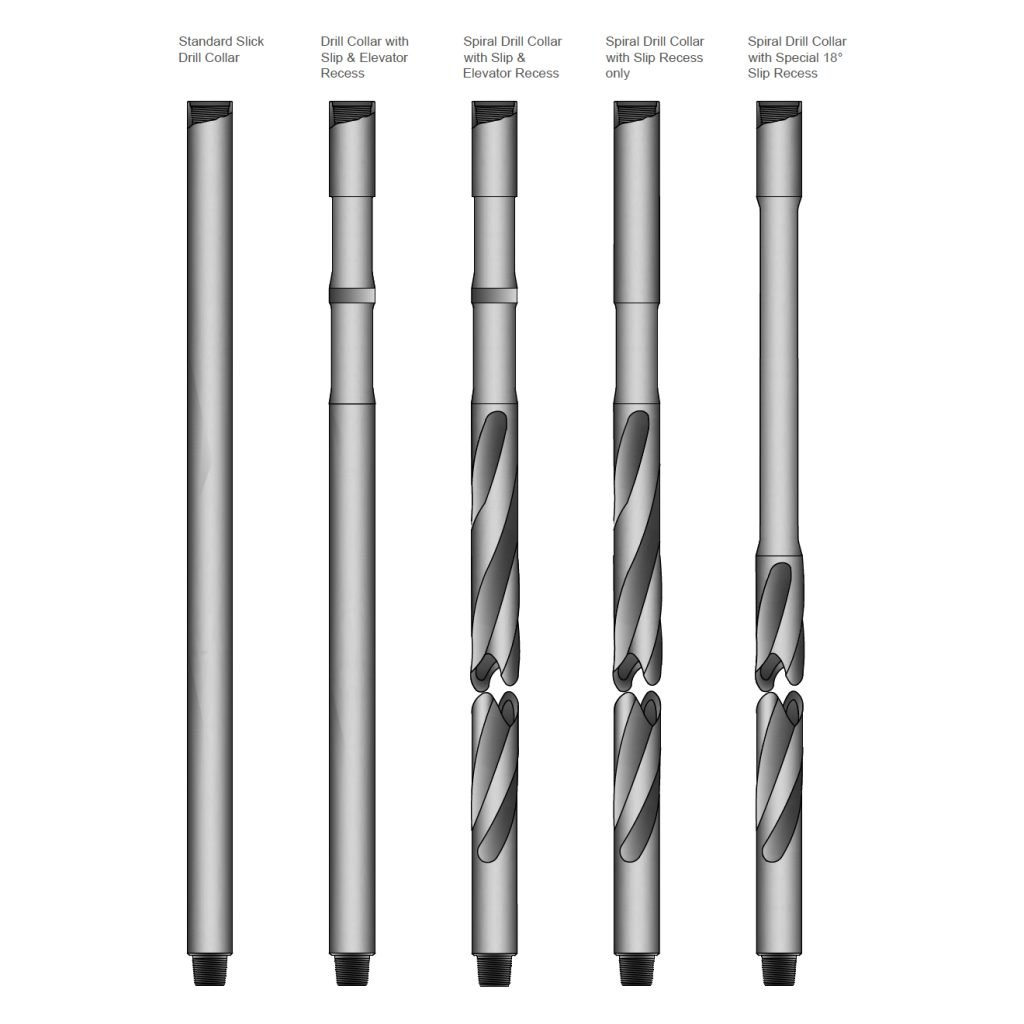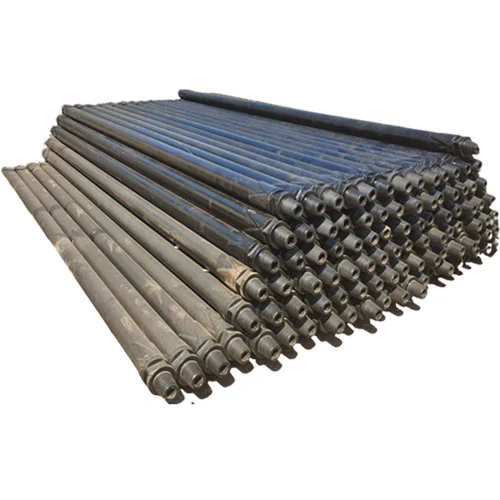DCS tools
DCS Tools: Key Instruments for Distributed Control Systems in Industrial Automation
In the world of industrial automation, efficiency, precision, and control are non-negotiable. This is where DCS tools (Distributed Control System tools) come into play. These tools allow real-time monitoring and control of complex processes across power plants, chemical factories, refineries, and manufacturing lines.
This article explores what DCS tools are, their core functions, and a list of essential DCS tools used in modern industrial systems.
? Focus Keyword: DCS Tools
? LSI Keywords: Distributed Control System tools, Industrial automation tools
?? What Are DCS Tools?
DCS tools are software and hardware instruments used within a Distributed Control System architecture to monitor, control, and manage industrial processes across multiple nodes. These tools are critical for enabling real-time data acquisition, fail-safe operation, and scalable plant control.
A DCS is typically used in continuous or batch process industries, where automation and redundancy are key.
? Core Functions of DCS Tools
- ? Real-Time Monitoring and Feedback
- ?? Centralized and Decentralized Control
- ? Data Logging and Historical Trend Analysis
- ?? Alarm Management and Diagnostics
- ? Automated Process Execution (PLC + DCS Integration)
? List of Commonly Used DCS Tools
1. Engineering Workstation (EWS)
- Used to configure the DCS system
- Designs control logic, graphics, and system parameters
2. Operator Workstation (OWS)
- Monitors and controls plant operation
- Displays HMI/SCADA graphics, alarms, and process trends
3. Controller Modules / CPUs
- Execute control logic
- Communicate with field instruments and I/O modules
4. I/O Modules (Input/Output)
- Interface with field devices like sensors and actuators
- Types: Analog Input, Analog Output, Digital Input, Digital Output
5. Field Instruments
- Temperature sensors, flow meters, level transmitters, pressure gauges
- Provide real-time data to the system
6. Communication Protocol Tools
- Tools for Modbus, Profibus, HART, and OPC DA/UA integration
- Enable interoperability between legacy and modern systems
7. HMI Development Tools
- Used to design user-friendly operator displays
- Includes trends, alarms, process flowcharts, and dashboards
8. Historian & Data Archive Tools
- Store long-term process data
- Enable data analytics and performance optimization
9. Alarm Management Tools
- Configure priority-based alarms
- Ensure proper handling and documentation of abnormal events
10. Simulation & Testing Tools
- Emulate plant environment for control logic testing
- Improve commissioning and reduce downtime
? Applications of DCS Tools
- ? Power Plants (Thermal, Hydro, Nuclear)
- ? Oil Refineries and Petrochemical Units
- ? Pharmaceutical and Biotech Manufacturing
- ? Food and Beverage Processing Plants
- ? Pulp and Paper Industry
- ? Steel and Cement Plants
? Sample Specifications Table
| Tool Name | Function | Typical Vendors |
|---|---|---|
| OWS / EWS | Operation & Engineering | Honeywell, ABB, Siemens |
| DCS Controller (CPU) | Logic Execution | Emerson DeltaV, Yokogawa |
| I/O Modules | Data Interface | Schneider Electric, Rockwell |
| HMI Software | Visualization | Wonderware, GE iFIX |
| Historian | Data Logging & Analytics | PI System, Aspen InfoPlus.21 |
? Image Alt Tag
Image Alt Text: DCS tools including operator workstation, controller, and I/O modules in an industrial automation setup
? Internal Linking
? Why Choose the Right DCS Tools?
- ?? Ensures plant safety and reliability
- ?? Improves operational efficiency
- ?? Reduces downtime and maintenance
- ?? Provides long-term scalability
- ?? Complies with industrial automation standards (ISA/IEC)
? How to Select DCS Tools for Your Industry
- Type of Process (Continuous or Batch)
- Required Redundancy and Fault Tolerance
- Vendor Support and Compatibility
- Future Expansion Plans
- Budget and Licensing Model
? Call to Action (CTA)
Looking to upgrade or install a new Distributed Control System?
?? Get in touch with our automation experts today for a free consultation or datasheet.
? Email: info@titansteel.in / sales@titansteel.in
? Phone: +91 738 586 3226
? Address: H No. 181, Dahivali, Khopoli-Pali road, Tal. Khalapur Dist. Raigad 410203, Maharashtra INDIA.





